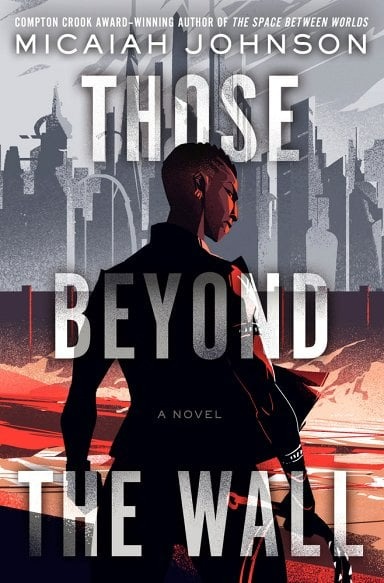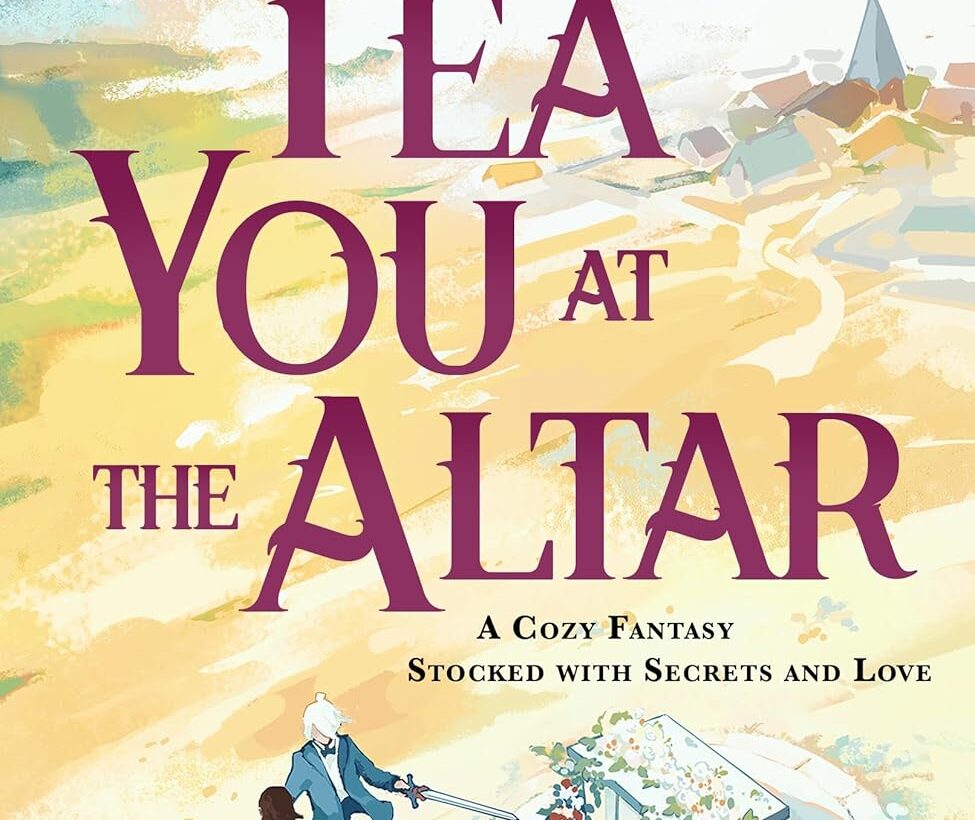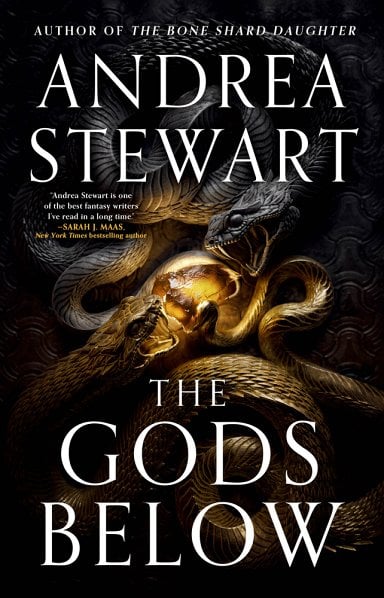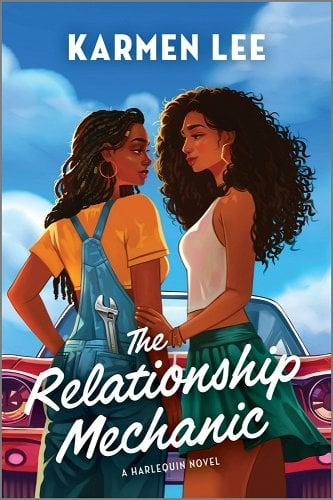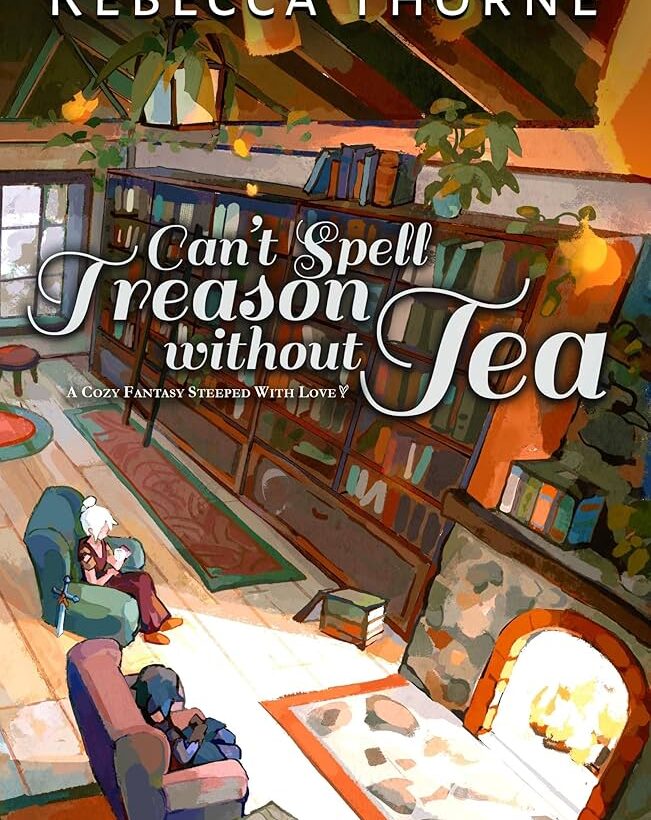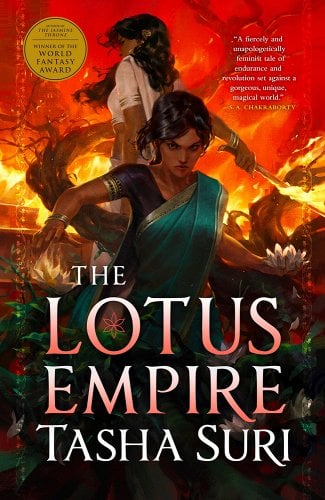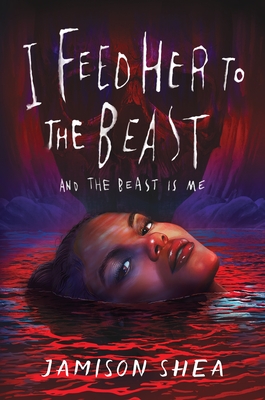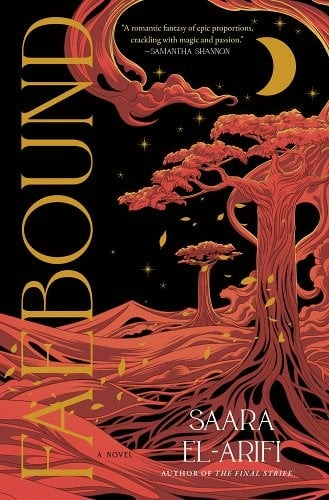I don’t think I’ve ever been so pulled into a novel by the dedication, author’s note, and epigraph. (The epigraph to Part One is “i did not come to preach of peace / for that’s not the hunted’s duty.” -Danez Smith.) In the author’s note, Johnson explains the inspiration behind this book coming from her time participating in the 62-day sit in at Nashville’s Tennessee State Capitol. I found myself writing down multiple quotations, including…
The Cozy Wedding Coup: Tea You at the Altar by Rebecca Thorne
Tea You at the Altar is the third book in the Tomes & Tea cozy fantasy series, and it follows Kianthe and Reyna as they plan their wedding… and possibly a coup. (This review contains spoilers for books one and two.) I really enjoyed Can’t Spell Treason Without Tea, but I thought the second bookRead More
A Queer and Compassionate Foodie Manga Series: She Loves to Cook, and She Loves to Eat Vols 1-5 by Sakaomi Yuzaki Review
We’ve recommended this sapphic manga series at the Lesbrary several times before, but that was when there were only a couple volumes out. I just finished volume five, and I needed to let you all know that it has only gotten better with time. She Loves to Cook, and She Loves to Eat is myRead More
Separated Sisters and Warring Gods: The Gods Below by Andrea Stewart Review
Andrea Stewart’s The Gods Below is the start to her new Hollow Covenant trilogy, which follows two sisters in the aftermath of a war between gods. The sisters are not gods—they are ordinary people, forced to flee their home before the prevailing god could change it, and them, into something unrecognizable. While Hakara, the oldest, makes it intoRead More
Sweet and Spicy Southern Romance: The Relationship Mechanic by Karmen Lee
On paper, Karmen Lee’s upcoming romance The Relationship Mechanic, the second in her Peach Blossom series, has so much that I love in sapphic romances. I’m a big fan of small town romances and plots that promise anything but a slow burn alongside plenty of emotional gut punches. And, oh goddess, did it deliver everything I wantedRead More
Soothe Your Sapphic Soul with Can’t Spell Treason Without Tea by Rebecca Thorne
With the weather getting colder and the… general state of the world, I’ve been gravitating towards cozy fantasy lately, which is why I finally picked up a book that’s been on my TBR for far too long: Can’t Spell Treason Without Tea by Rebecca Thorne. This is the first in the Tomes & Tea series,Read More
A Fiery Finale: The Lotus Empire by Tasha Suri
In 2021, three brilliant, yellow-covered epic fantasy books came out, all of them with sapphic leads, and thus the Sapphic Trifecta was born. I have read and loved them all (and talked about them here, along with several other Lesbrarians), but I think if I were to pick a favorite, I would have to say TheRead More
A Lush and Lesbian Political Fantasy: The Jasmine Throne by Tasha Suri
In honor of The Lotus Empire being released on November 12th, I decided to reread The Jasmine Throne and actually continue with the series past the first book. I first read it back in 2021 when it came out and I remember enjoying it, but aside from that, not much stuck in my head. I never got around toRead More
Feral Eldritch Ballerinas: I Feed Her to the Beast and the Beast Is Me by Jamison Shea
Laure is a ballet dancer who has devoted herself entirely to her profession. She spends every waking moment honing her skill. And she is perfect. But as she soon learns, perfect is not enough. It doesn’t matter that she’s the best, because she’s fighting to rise up in an institution that sees her working classRead More
Queernorm Romantasy: Faebound by Saara El-Arifi
Yeeran is a warrior in the elven army and has known nothing but violence her whole life. Her sister, Lettle, is trying to make a living as a diviner, seeking prophecies of a better future. When a fatal mistake leads to Yeeran’s exile from the Elven lands, they are both forced into the terrifying wildernessRead More
- 1
- 2
- 3
- …
- 8
- Next Page »
